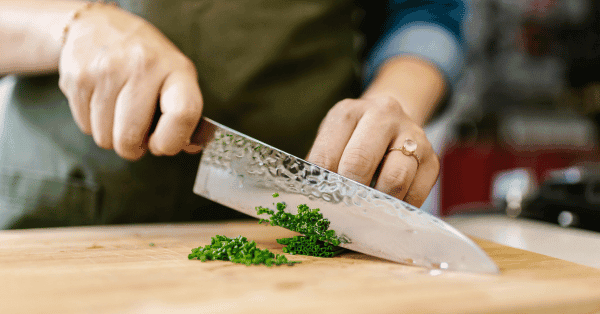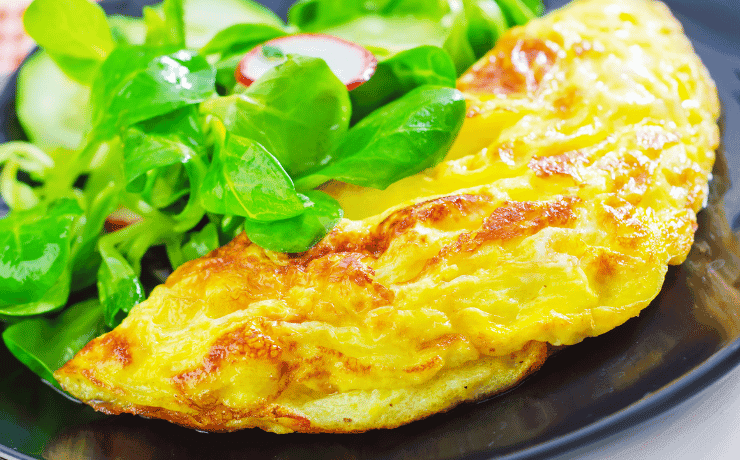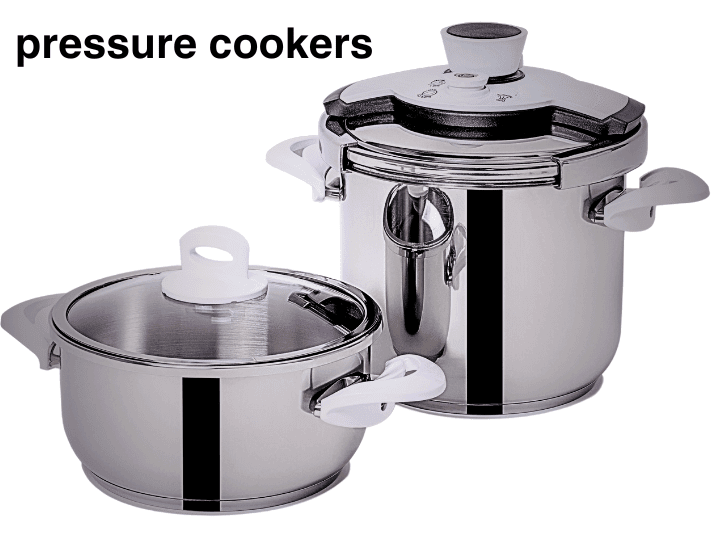In the world of cooking, few tools are as essential as a good chef’s knife. Whether you’re a professional chef or a home cook, having the right knife can make a world of difference in your culinary adventures. But with so many options available, choosing the perfect chef’s knife can be a daunting task. In this guide, we’ll break down everything you need to know to find the knife that’s right for you.
Contents
Understanding Chef’s Knives

A chef’s knife is a versatile kitchen tool characterized by a broad, tapered blade that curves upward to a point. It’s designed for a variety of tasks, including chopping, slicing, and dicing. The anatomy of a chef’s knife includes the blade, handle, tang, and bolster. The blade material can vary, with options such as carbon steel, stainless steel, and ceramic. Each material has its pros and cons in terms of sharpness, durability, and maintenance.
Factors to Consider When Choosing a Chef’s Knife
Several factors should influence your decision when selecting a chef’s knife:
Blade Material: Carbon steel blades are known for their exceptional sharpness and edge retention but require regular maintenance to prevent rust. Stainless steel blades are more resistant to corrosion but may require more frequent sharpening. Ceramic blades are extremely sharp and lightweight but can be brittle.
Blade Length and Shape: Chef’s knives typically range from 6 to 12 inches in length. A longer blade offers more cutting surface and is ideal for tasks like slicing meat, while a shorter blade provides more control for precise cuts.
Handle Material and Design: Common handle materials include wood, plastic, and metal. Choose a handle that feels comfortable and provides a secure grip, especially during prolonged use.
Weight and Balance: The weight and balance of a chef’s knife can affect how it feels in your hand and how easily you can maneuver it. Some prefer a heavier knife for more power behind their cuts, while others prefer a lighter knife for increased agility.
Maintenance Requirements: Consider how much time and effort you’re willing to invest in maintaining your knife. Some blades require regular sharpening and honing, while others may be dishwasher-safe for easy cleaning.
Types of Chef’s Knives
While the term “chef’s knife” typically refers to a specific style of blade, there are several variations to consider:
French Chef’s Knife (Gyuto): Characterized by a curved blade and pointed tip, the French chef’s knife is versatile and well-suited for a wide range of cutting tasks.
Santoku Knife: Originating from Japan, the santoku knife features a straighter edge and a more pronounced curve at the tip. It excels at precision slicing and dicing.
Paring Knife: With a short blade and pointed tip, the paring knife is ideal for intricate tasks like peeling, trimming, and coring fruits and vegetables.
Bread Knife: The serrated blade of a bread knife is designed to slice through crusty bread without crushing it, making it an essential tool for any baker.
Utility Knife: A utility knife is a smaller, all-purpose knife that can handle a variety of kitchen tasks, from slicing cheese to trimming meat.
Cleaver: Traditionally used for butchering meat, the cleaver features a thick, heavy blade that can also be used for chopping vegetables and crushing garlic.
How to Test a Chef’s Knife
When shopping for a chef’s knife, it’s essential to test it out before making a purchase. Here are a few things to consider:
Grip and Comfort: Hold the knife in your hand and see how it feels. The handle should feel comfortable and provide a secure grip to prevent slipping.
Blade Sharpness: Run your finger along the edge of the blade to assess its sharpness. A sharp blade will glide smoothly and effortlessly through food.
Balance and Control: Balance the knife on your index finger to see if it feels evenly weighted. A well-balanced knife will allow for greater control and precision in your cuts.
Chopping, Slicing, and Dicing: Test the knife’s performance by chopping, slicing, and dicing a variety of ingredients. Pay attention to how easily it cuts through different textures and thicknesses.
Frequently Asked Questions
How often should I sharpen my chef’s knife?
It depends on how frequently you use your knife and the type of blade material. As a general rule, you should sharpen your chef’s knife every few months or as needed to maintain its sharpness.
What is the difference between a chef’s knife and a santoku knife?
While both are versatile kitchen knives, a chef’s knife typically has a curved blade and a pointed tip, whereas a santoku knife has a straighter edge and a more pronounced curve at the tip.
Can I use a chef’s knife for cutting meat, vegetables, and fruits?
Yes, a chef’s knife is designed to handle a variety of cutting tasks, including meat, vegetables, fruits, and herbs. However, you may want to use different knives for specialized tasks like boning or filleting.
Are there any safety tips for using a chef’s knife?
Always keep your fingers tucked in and away from the blade when cutting. Use a cutting board to provide stability and protect your countertops. And never try to catch a falling knife—let it fall to the ground instead.
Final Words
Choosing the perfect chef’s knife is a personal decision that depends on your cooking style, preferences, and budget. By considering factors like blade material, length, handle design, and maintenance requirements, you can find a knife that suits your needs and enhances your culinary experience. Invest in a high-quality chef’s knife, and it will become an invaluable tool in your kitchen for years to come. Happy cooking!



